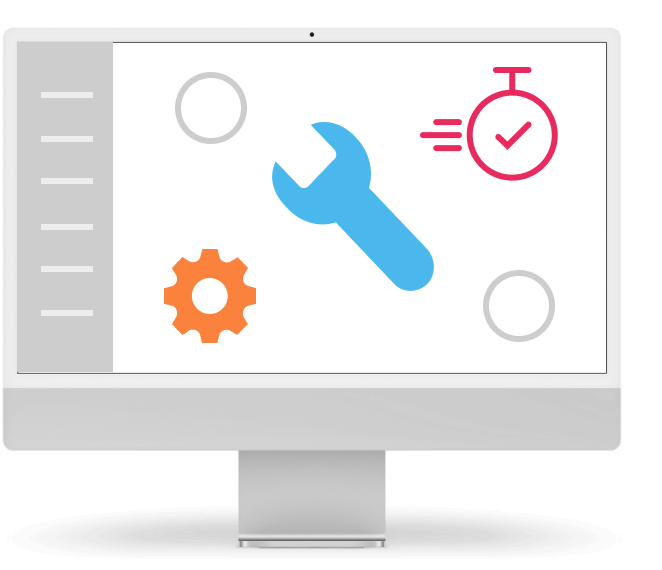IoT Health: Revolutionary step to efficiency, security and personalized care
Content
The time has come that changed not only our homes but also healthcare through the use of technology innovation and digital transformation.
Internet of Things (IoT) in healthcare enables a revoutionary approch to caring for health and patients. Thanks to devices, sensors and data analysis, the door open to efficiency, comfort and safety. Besides the level is unheard of.
Examples of IoT in Healthcare
There are many devices and sensors that show the potential of IoT in healthcare. Thanks to their interconnection, patient data can be monitored and collected – like heart rate, blood pressure, glucose level, etc.
The key IoT element in healthcare are wearables like smart watches or fitness bands that monitor vitals and provide their users with the detailed information about their health. This can lead to the prevention and curing of many illnesses.
Another example are smart inhalers that monitor and record the frequency and dosage of medicine – that can then be adapted to the needs of each patient by the doctor.
Smart health devices like blood glucose monitors or blood pressure meters enable patients to monitor their health at home and send the data directly to the doctor. Taking care of the patient can then be of much higher quality, for instance in those being treated with diabetes or hypertension.
Automation and Adaptability
Thanks to IoT in healthcare it is possible to automate and adapt several processes. Collection and analyses of data can help with the prevention of health problems – for instance cardiac arrest or a diabetic crisis – that can then lead to the minimization of complications.
Higher Safety
Thanks to IoT and big data analysis, patients are safer. Sensors and devices monitoring patients can identify potential problems and risks based on data analysis. Patients and doctors can then react in time and minimize negative consequences that could happen.
Case Study
We have recently worked with an institution that uses IoT to monitor the location of their patients via a chip placed on the patients’ wrist. This approach led to a more efficient and safer care because personnel could monitor the position of the patients in real time.
Our solution brought significant benefits – not only does it monitor patients, it also vizualizes the data and additional relevant information in a simple dashboard. This case shows that IoT opens new opportunities in caring for patients and increasing the safety in healthcare facilities.
Conclusion
Transforming healthcare thorugh IoT offers higher efficiency and quality of care, new opportunities for innovation and better life quality of the patients. The time has come to adapt and utilize all the options this new era has to offer.



